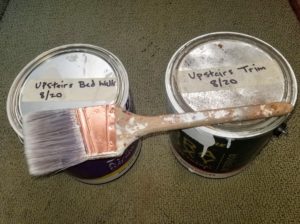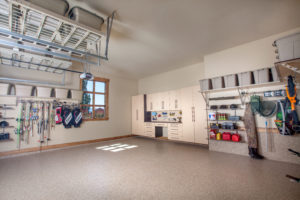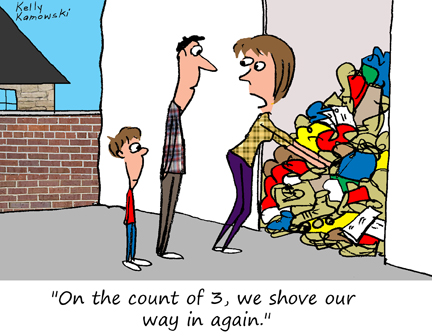The start of a new year often inspires a desire to refresh our lives and spaces. For many, this means tackling home organization, downsizing, or decluttering projects. While the idea of a perfectly organized home is enticing, the process can feel overwhelming without the right tools and strategies. In 2025, partnering with a qualified professional organizer can be the key to transforming your space and simplifying your life.
Why Consider a Professional Organizer?
A professional organizer brings expertise, efficiency, and an objective perspective to your organizing goals. They understand that life in the Bay Area, where we are based, often comes with unique challenges, from limited space to juggling the demands of work, family, and personal time.
Whether you need help downsizing for a move, organizing a cluttered garage, or streamlining your kitchen, our skilled team of organizers will tailor solutions to your specific needs. We offer strategies to maximize your space, systems to maintain order, and even emotional support as you part with items that no longer serve you.
How to Work with a Professional Organizer
- Set Clear Goals: Before your first session, identify what you want to achieve. Are you looking to create a minimalist aesthetic, improve functionality, or prepare your home for a new chapter? Sharing your vision helps us craft a personalized plan.
- Start Small: Begin with one area, such as a closet or home office. Completing a smaller project builds momentum and confidence for larger tasks.
- Be Open-Minded: We often suggest innovative ideas you might not have considered, such as modular storage solutions or digital decluttering techniques.
- Focus on Sustainability: With 16 years of experience, we will emphasize sustainable practices, like donating items to local charities or recycling responsibly, aligning with the eco-conscious values of many Bay Area residents.
Benefits Beyond the Clutter
The benefits of working with any professional organizer, us included, extend beyond a tidy home. You’ll gain peace of mind, save time, and create a space that supports your lifestyle. A well-organized home reduces stress, enhances productivity, and allows you to focus on what truly matters in 2025.
If you’re ready to achieve your organizing goals, we are eager to help. Reach out today by scheduling a free, no obligation discovery call and take the first step toward transforming your space—and your life!




